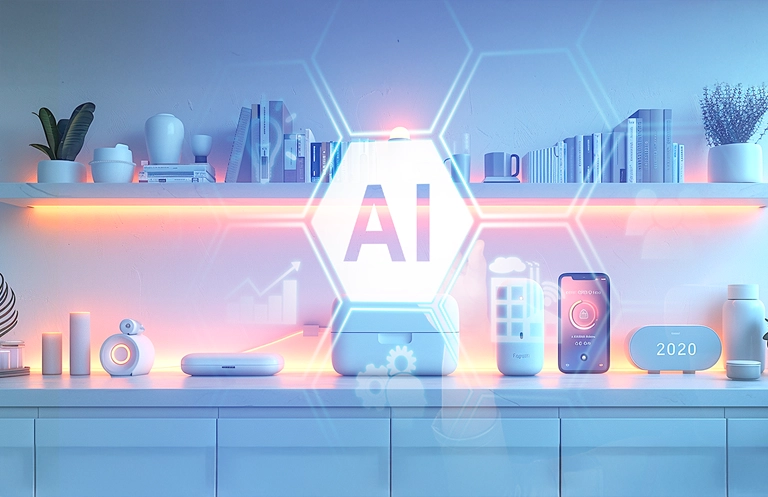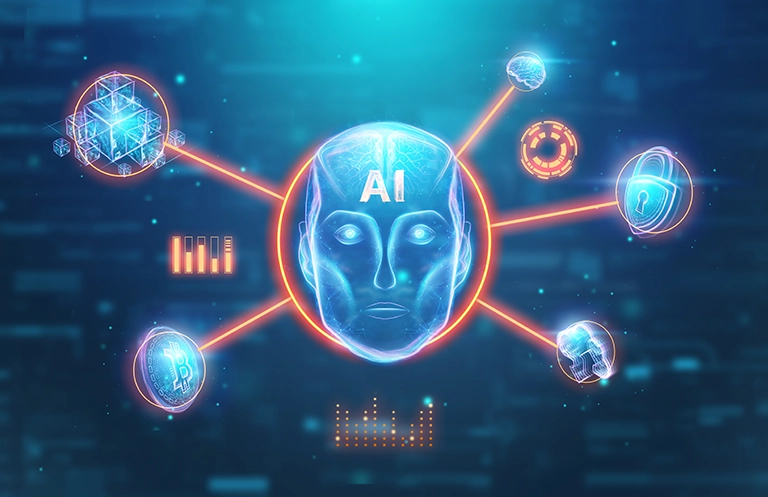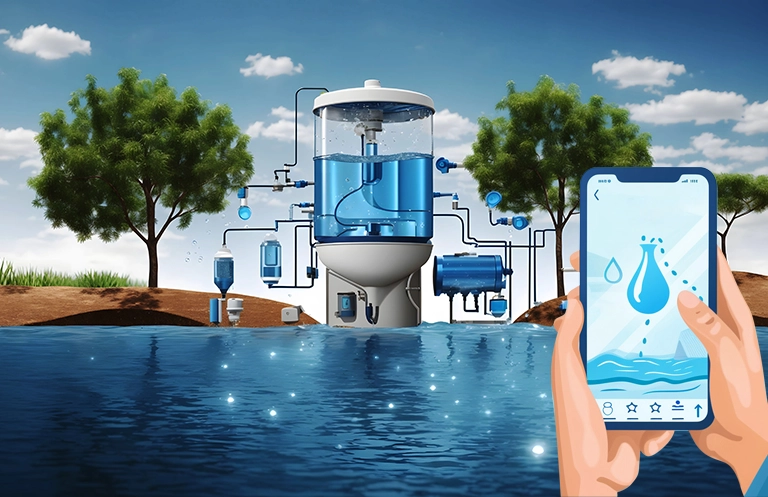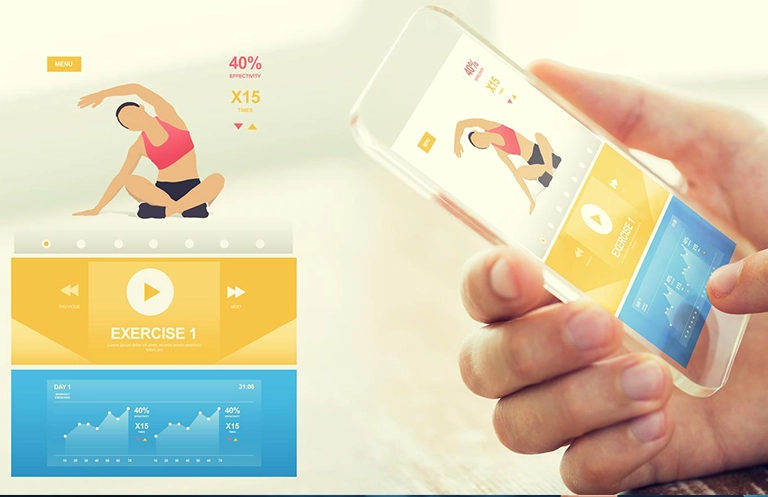Virtual Reality provides a three-dimensional experience creating a simulated environment of real-world situations leveraging technology. Virtual Reality leverages sensory incitements and creates synthetic environments that exactly match the physical environment. The environment is computer generated but user actions can give/take inputs from the environment.
All three types of Virtual Reality solutions including immersive, non-immersive, and semi-immersive provide several levels of digital simulation that match the physical environment but exist separately.
VR use cases are poised to implement drastic improvements while transforming the customer experience in several industries including Training – Learning & Development, Marketing – branding, advertising, Sports/Entertainment, and Healthcare, most notably in corporate training and development.
Virtual reality use cases in learning and development
Various industries are leveraging Virtual Reality platforms to upskill their employees and workers without being dependent on a particular location, individual, or time restriction.
Here are some of the most encouraging examples of Virtual Reality use cases in training and development:
Training for mission-critical industries
There are numerous workplace situations where an employee or user runs the risk of losing their life. Training in work environments where there is a risk of death necessitates far greater care, accuracy, and attention to detail. Virtual Reality-based simulation for such training lowers the risk. For example, pilots who are learning how to fly using Virtual Reality flight simulations have exposure to various real-time flight situations prior to their on-field training.
Another example is from the healthcare and life sciences domain – resident doctors who are learning different types of surgeries, come across many complex and unusual situations that put patients’ lives at risk or have the possibility of permanent damage. Virtual Reality-based training provides medical professionals training in a way where there is no need to have real patients to learn heavy surgical procedures. It also provides a safe environment and scope of learning at its own pace while experimenting with various odd situations. Even the electrical workers operating the utility industry can learn practical skills without being exposed to electrical wires directly.
Training for the highly complex real environment
The biggest advantage that Virtual Reality platforms provide is that they can create any highly complex environment in virtual that is very difficult to have an on-field training session. For example, creating a suitable real-time environment for Astronaut training is difficult as well as super expensive as it requires to ensure some space-specific special considerations. In such cases, Virtual Reality can provide more realistic training at a comparatively highly reduced cost.
Training for soft skills
As per a report by PwC, employees typically spend at least 1% of their work time in learning and development- which requires companies to ensure that they use this time more efficiently. Virtual Reality platforms can help improve the soft skills of employees in a more productive way.
By stimulating real-life scenarios and providing all forms of human expressions specific to a situation, Virtual Reality can help employees develop soft skills in a more practical manner. The VR platform can provide situations that suggest and encourage active listening, negotiation, and conflict resolution.
Knowledge transfer and Demonstration
Virtual Reality solutions can capture and deliver institutional knowledge of aging workers. It can also provide demonstrations to the users to learn how to use a product, repair small glitches, replace a component in the refrigerator, or assemble a piece of furniture.
It can also provide exposure to experience, which otherwise would not be possible. Users can live through these situations, learn, and develop a better understanding.
One of our clients who had developed sleek wearable glasses for the in-flight entertainment market for multimedia entertainment wanted to develop new VR eyewear that provides a cinematic experience with Ultra HD resolution. While they already had one product based on i.MX6 in a similar space enabled with advanced audio-video capability, they wanted to add advanced features with enhanced audio-video capabilities at high performance.
eInfochips worked on developing a prototype with hardware design based on Qualcomm® Snapdragon™ 820 processor, Micro-OLED displays, head tracking user interface with motion tracking sensor, 360-degree view and 3D SBS video support, and on-the-fly swappable 2-hour batteries. The client had successfully demonstrated prototypes to leading airlines at a reduced development time of 30%.
Final Thoughts
Virtual Reality technology will take some time to mature in a way to realize its vision of a completely immersive environment providing a real-time physical experience. However, it has certainly established its place in multiple industries solving some key challenges and providing realistic experiences practically.
Many technology companies have developed VR headsets that serve several use cases while providing virtual simulations of real-world situations. One of the futuristic trends can be to have Artificial Intelligence incorporated with VR. With 5G, the number of devices connected will increase tremendously – making consumers experience the audio/video in real-time with minimum latency.












